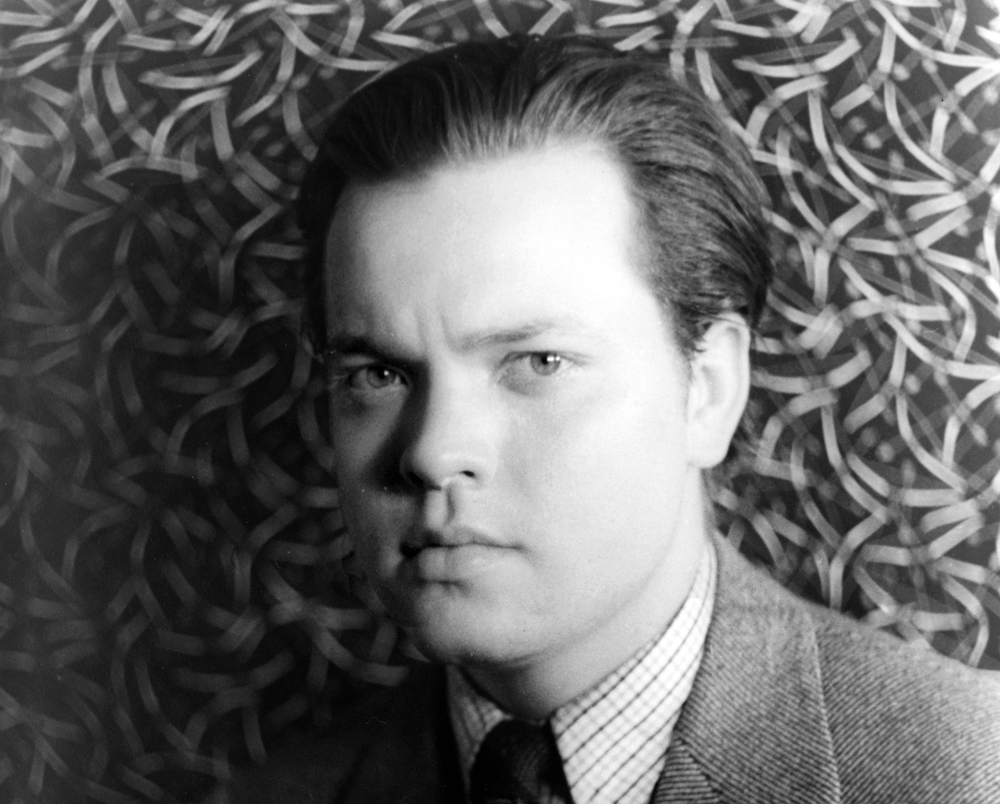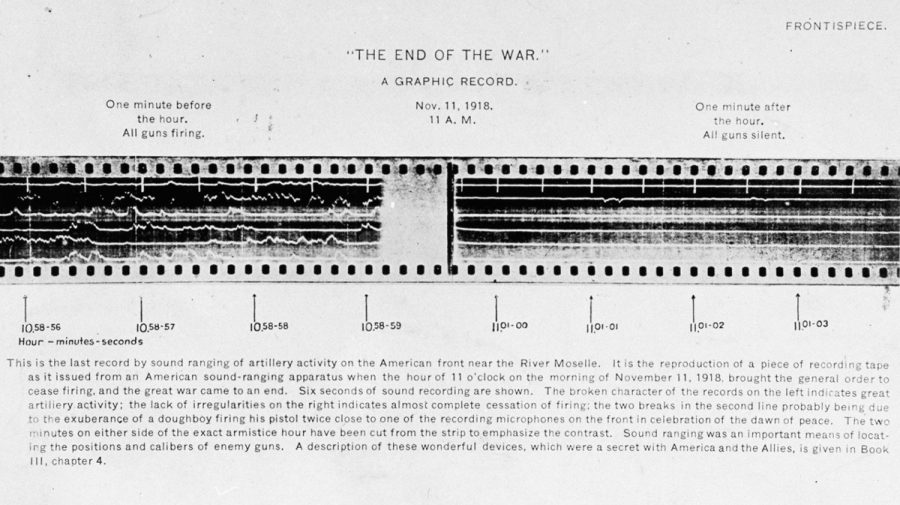The thirty Bob Marley superfans who heeded artist Candice Breitz’s 2005 call to visit a Port Antonio, Jamaica recording studio, to be filmed individually performing the entirety of Marley’s Legend album a capella, were not propelled by showbiz dreams.
Rather, their participation was a way for them to connect with the beloved icon, in a manner as intimate as singing along in one’s teenaged bedroom.
They were given no direction as far as performance style or costume, only that they stick with it for the duration of the hour-long album, piped into their ears via discreet grey buds.
Some dart their eyes apprehensively, barely moving.
Others bob and weave with unbridled abandon.
One man shucks his cap when dreadlocks are mentioned in “Buffalo Soldier.”
A young woman grimaces and shrugs apologetically as the final track’s many “jammin’s” get away from her.
Some nod and widen their eyes at personally significant lines, pointing for emphasis, as if to tell viewers less familiar with Marley’s work to listen up, because herein the message lies.
In between songs, they sip from plastic bottles of water and soda, occasionally offering impromptu commentary (“I feel this one!”). The grey-bearded gent mops his brow.
Once these solos were in the can, Breitz arranged them into a choir, stacked Brady Bunch-style, six across, five down.
Everyone starts at the same moment, but with no instruction as to how to approach backing vocals and the wordless aspects of Marley’s performance, inadvertent soloists emerge, sometimes as the result of a jumped gun.
(You try singing “I Shot the Sheriff” with no karaoke prompts guiding you…)
Breitz, who has since created similar work with Michael Jackson, John Lennon, Madonna, and Leonard Cohen fans, took pains to make sure the participants left the studio feeling good about the experience. It’s not a TV talent contest.
While certain squares contain star quality charisma, all thirty were necessary to achieve the goal of a composite portrait that eschews the “overtly iconic representation” of the subject as “some kind of fixed, unchanging entity.”
As art critic Christy Lange observed in conjunction with an interview with Breitz for Modern Painters:
While Marley, Madonna and Jackson may play a lopsidedly central role in shaping their fans’ lives and identities, these fans play a reciprocal part in resurrecting the stars’ original appeal, which has been subsumed by the celebrity culture that created them. The culture of stardom may thrive on a series of cheap imitations, mimicking an elusive idea of ‘celebrity’, but even in this concatenation of simulated identities, a few authentic portraits can still be discovered.
Listen—and sing along—to Bob Marley’s Legend in its entirety on Spotify.
Related Content:
Bob Marley’s “Redemption Song” Played by Musicians Around the World
Johnny Cash & Joe Strummer Sing Bob Marley’s “Redemption Song” (2002)
Ayun Halliday is an author, illustrator, theater maker and Chief Primatologist of the East Village Inky zine. Join her in NYC tonight, September 9, for the season kick-off of her book-based variety show, Necromancers of the Public Domain. Follow her @AyunHalliday.









